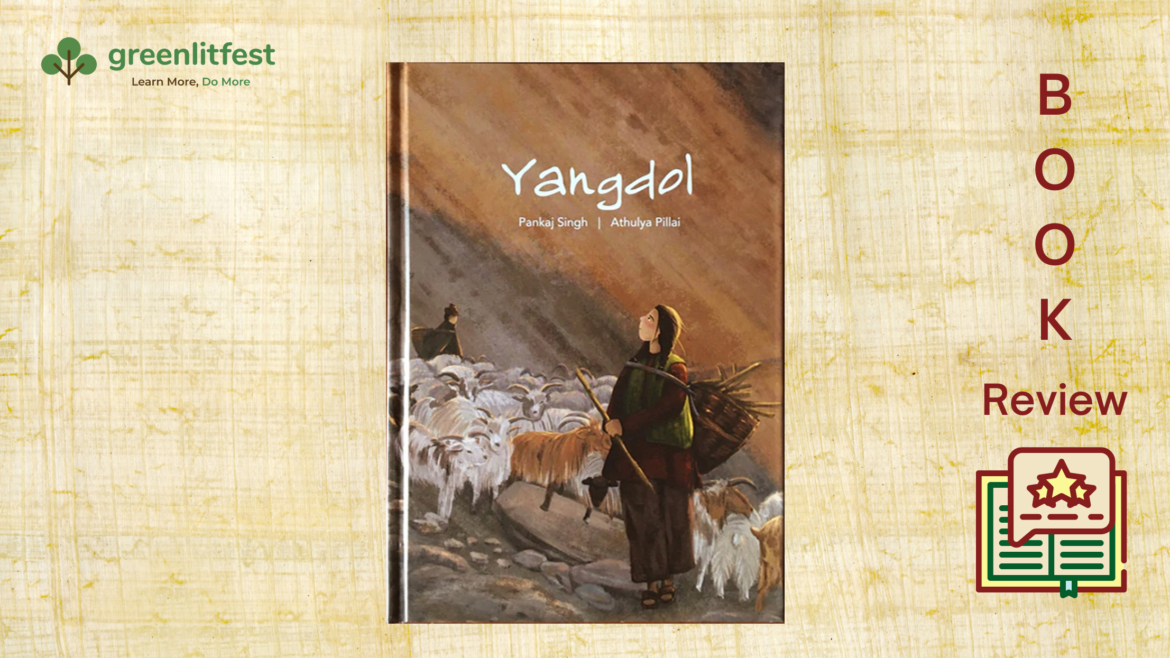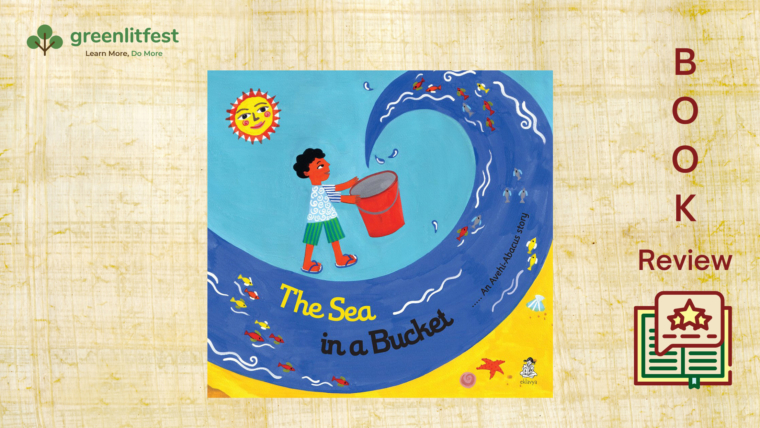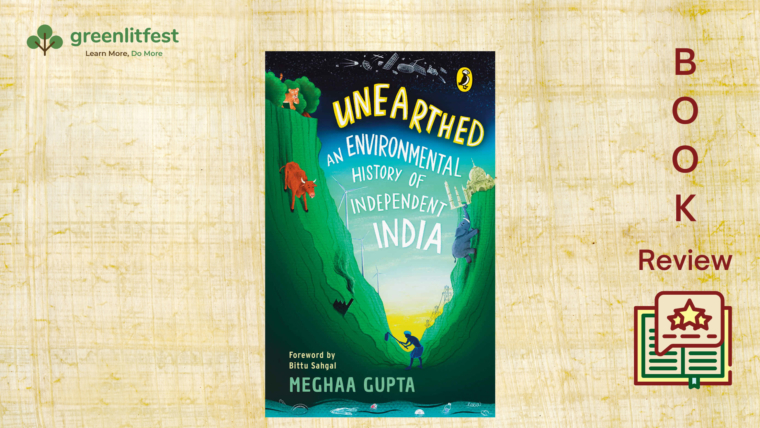Yangdol is a little girl born in a remote mountain village in Ladakh, to parents who bring her up with a deep love for the natural world around them. “We are all woven in an invisible bond. This land is home. It belongs to all of us,” her father would say.
When some of their livestock are killed by the most elusive of creatures – the snow leopard – Yangdol is terribly upset. So, when she finds her mother offering prayers, not just for the dead livestock, but also for the snow leopard, she is shocked. Her mother explains, “…know this child, for thousands of years and more, this land was the kingdom of the beasts and birds that roamed here. We did not always live here. But they let us call it home. We must respect that.” Never forgetting her parents’ words, Yangdol grows up respecting the land, the life in it and all the elements of nature.
Written in evocative, lyrical prose, Yangdol by Pankaj Singh is the story of a life lived in nature, with a deep awareness of one’s role and place, and a yearning to coexist with inhabitants who have been here before us. It is easy to lose oneself in this tender tale that transcends time and is bound to touch readers of all ages.
Towards the end, an aged Yangdol is filled with joy at the sight of a snow leopard and its cubs sitting in her garden. The ‘grey ghost of the mountain’ that had eluded her all her life was before her eyes. It is with this wondrous picture in her mind that Yangdol breathes her last breath. Her funeral turns out to be a festival of mountain creatures who come to bid farewell to a human who had truly lived as one with them.
Longer than the standard picture book, Yangdol has been inspired by a photograph of an old woman, peering at a snow leopard. Athulya Pillai’s soft watercolour illustrations complement the text and offer the reader an atmospheric gaze into the protagonist’s life and the Ladakhi landscape that is underrepresented in Indian children’s publishing.
The only limitation, perhaps, is its prohibitive price of Rs. 800, that made me think twice before picking up a copy of this self-published book. But the good writing, gorgeous illustrations and superior production quality are hard to miss. I wish more traditional publishers would publish books like this, so they can benefit from the economies of scale and reach more people.



